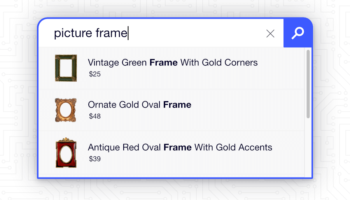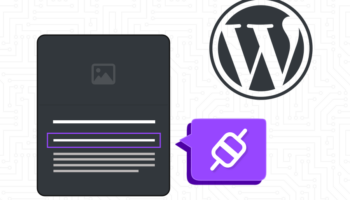In May of 2020, Google announced a set of Core Web Vitals they will be using to measure the quality of user experience for websites they crawl. These are some essential metrics that are common and critical across all websites. A month later, Google announced adding page experience metrics to Search ranking signals based on the Core Web Vitals. These changes will be launching in May of 2021, so in preparation, we will be going over the Core Web Vitals in a series of blog posts to help prepare you for these changes.
What are Core Web Vitals?
There are three essential items Google uses to measure page experience, and they each affect the web page’s initial load. These are Largest Contentful Paint (LCP), First Input Delay (FID), and Cumulative Layout Shift (CLS). We will look at LCP, FID, and CLS individually throughout our Core Web Vitals blog series, but for now we will give a brief breakdown of each.
Largest Contentful Paint (LCP)
LCP is the time it takes for your web page to render the largest piece of content in the visible section of the page or viewport. This is commonly referred to as the content “above the fold”—it is the first thing visitors see on any given web page. This measurement also relies heavily on the Time to First Byte (TTFB) and First Contentful Paint (FCP), which we’ll explain next.
Time to First Byte (TTFB)
TTFB is the measurement of time it takes for a user’s browser to receive the first byte of page content. This depends heavily on the performance of your DNS provider and web server. Making sure you host these with services that can handle the expected traffic to your site is key. This can often be the first point of failure and can affect your page experience score throughout the rest of the process.
First Contentful Paint (FCP)
FCP is the measurement of time from when the web page starts loading to when any part of the page’s content renders on the screen. It is very similar to the LCP, but starts as soon as it has received the first byte of information, and continues until anything on the visual part of the page appears. At this time, a web browser will begin giving the user feedback, letting them know the page is loading and reserving space on the web page for the content layout.
First Input Delay (FID)
FID is the time it takes for the web page to respond after a user has interacted with it—for example, by clicking a link or tapping a button. This measurement is your user’s first impression of your web page’s interactivity and responsiveness. It is important to keep First Input Delay as quick as possible, as you do not want to keep your users waiting.
Cumulative Layout Shift (CLS)
CLS is the measurement of the total unexpected layout shift that occurs during the time a user is on the web page. An unexpected layout shift is movement of page content that usually happens when resources are loaded dynamically after the LCP and added to the page above existing content. This results in page content shifting and can lead to frustrated users. The main offenders are images with unknown dimensions, a font that renders larger or smaller than its fallback, or a third-party ad.
How are these measured: lab data vs. field data?
Core Web Vitals can be measured using many of Google’s own tools (such as PageSpeed Insights and Lighthouse) or reviewed in Google Analytics and Search Console. It is important to note the data these services use, where it comes from, and when to use it.
Lab data
Lab data is performance data collected within a controlled environment with predefined device and network settings. This offers reproducible results ideal to test, debug, identify, isolate, and fix performance issues. This is the kind of data that services like PageSpeed Insights and Lighthouse provide and is generally used in a development environment.
Field data
Field data is performance data collected from real web page loads your users are experiencing. Also known as Real User Monitoring or RUM, this is much more realistic to your website’s actual users. This is the data used in services like Google Analytics, Search Console, and PageSpeed, which uses a mix.
Why are Core Web Vitals important?
As mentioned above, Core Web Vitals will be added as much more prominent measurement metrics in Google Search Page Ranking scores come May of 2021. Regardless of how these impact your Search rank, providing visitors with the best user experience possible will make your website infinitely more successful.
Read our series to learn more about Google’s Core Web Vitals:





